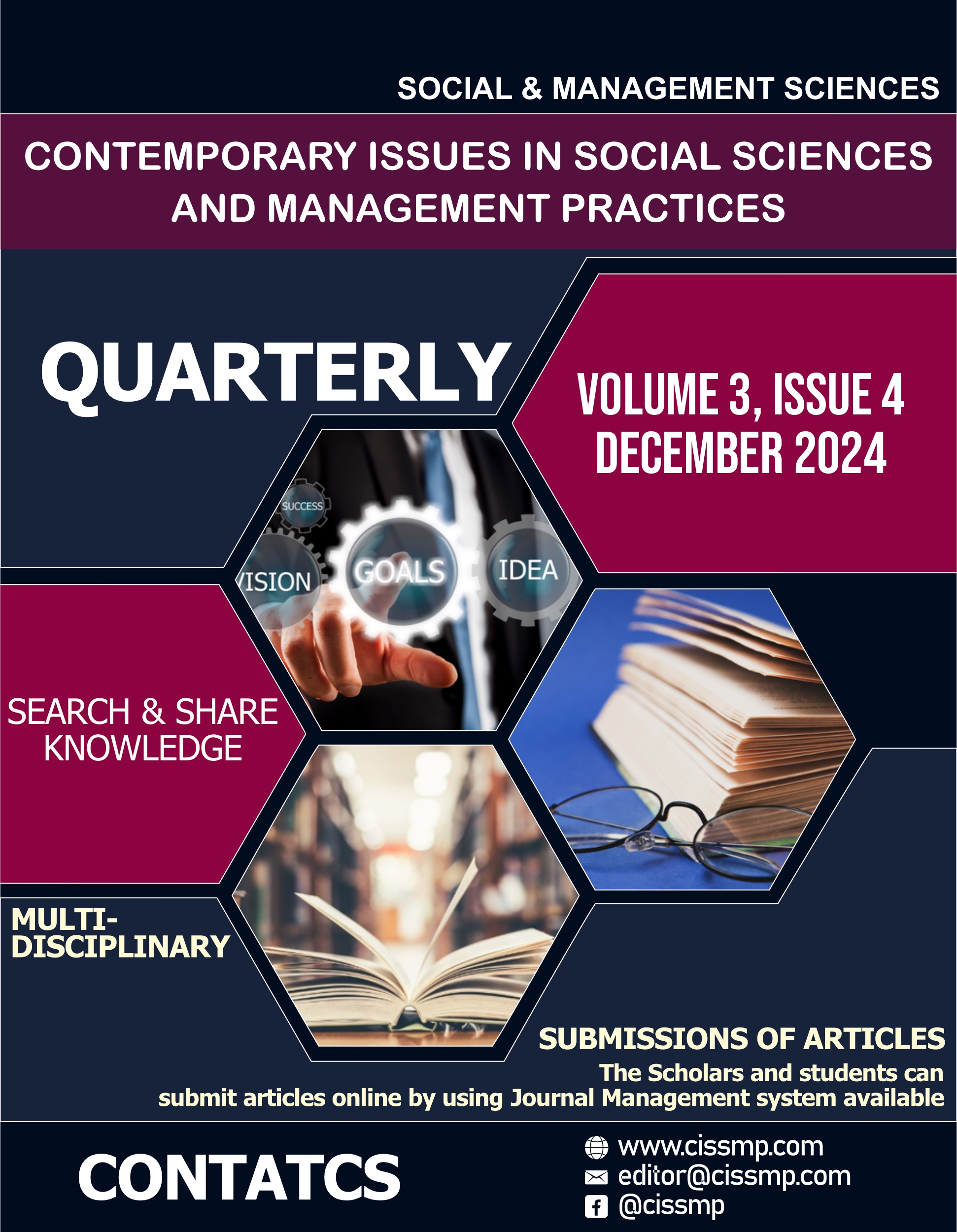Impact of Network Risk Management, Customer Collaboration, and Performance Optimization on Network Stability
DOI:
https://doi.org/10.61503/cissmp.v3i4.239Abstract
This study examines the impact of Network Risk Management, Customer Collaboration, and Performance Optimization on Network Stability. As networks become increasingly critical to organizational operations, understanding the factors that contribute to their stability is essential for businesses striving to maintain efficient and resilient systems. The study employs Partial Least Squares Structural Equation Modeling (PLS-SEM) to analyze data collected from a sample of organizations. The results reveal that Network Risk Management significantly and positively affects Network Stability, highlighting the importance of identifying and mitigating risks to prevent disruptions. Similarly, Customer Collaboration emerges as a key factor in enhancing network stability, as collaboration with external stakeholders, particularly customers, fosters more adaptable and resilient network systems. Furthermore, the Performance Optimization has positive influence on network stability, due to the improvement in operational efficiency and resources management which improve stability and reliability of networks. All of these hypotheses were supported, suggesting that these factors were interconnected in stabilizing networks. The paper offers practical insights for network managers and decision makers, and contributes to the literature by providing empirical evidence of these relationships.
Downloads
Downloads
Published
Issue
Section
License
Copyright (c) 2024 Raheel Mumtaz, Muhammad Madni Khan , Saqib Warsi

This work is licensed under a Creative Commons Attribution-NonCommercial 4.0 International License.
Contemporary Issues in Social Sciences and Management Practices (CISSMP) licenses published works under a Creative Commons Attribution-NonCommercial (CC BY-NC) 4.0 license.












